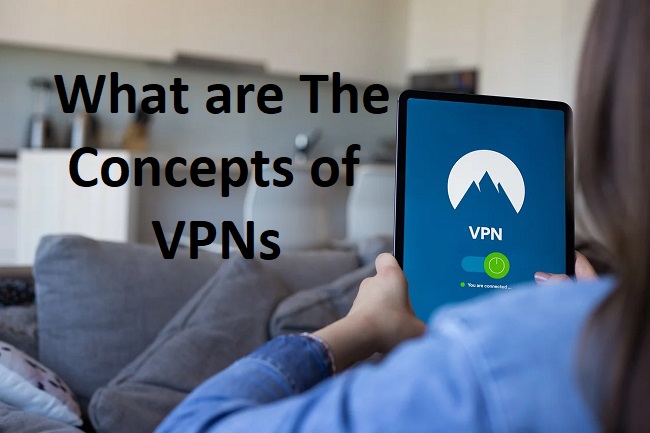In an increasingly connected world, securing your online presence is crucial. One of the most effective tools for achieving this is a Virtual Private Network (VPN).
This article deciphers the basic concepts behind VPNs, giving you the knowledge needed to navigate the digital realm securely. VPNs act as protective shields for your data as it travels through the vast web.
By creating a secure tunnel between your device and the internet, they ensure your data is encrypted and your online identity remains anonymous. Let’s delve into the nuts and bolts of how VPNs work.

What are the Basic Concepts of VPN
Here are some of the basic concepts of VPN:
Encapsulation
When you use a VPN, your data is encapsulated. This means that the data packets sent from your device are wrapped in an additional layer of data packet. This outer layer secures the contents and keeps them private as they travel through the internet.
Encryption
Encryption is the process of converting data into a code to prevent unauthorized access. VPNs use encryption algorithms to make sure that even if someone intercepts the data, they won’t be able to understand it. This is crucial for safeguarding sensitive information like passwords and credit card numbers.
IP Masking
Every device connected to the internet has an IP address. This address can reveal your location and can be used to track your online activities.
VPNs mask your real IP address by routing your traffic through a server in a different location. This makes it appear as though your traffic is coming from the VPN server’s IP address, not your own.
VPN Servers and Server Locations
VPNs operate through networks of servers distributed across different geographic locations. When you connect to a VPN server, your data is routed through it. The server location also affects how websites and services see your location.
By choosing a server in a different country, you can access content and services that might not be available in your own country.
Protocols
VPN protocols define how your data is transmitted across a network. Different protocols offer different balances of speed, security, and reliability. Some common VPN protocols include OpenVPN, L2TP/IPsec, and IKEv2.
Split Tunneling
Split tunneling is a feature that lets you choose which data is sent through the VPN and which is sent through a regular internet connection. This can be useful for accessing local services while still protecting your main internet connection.
Kill Switch
A kill switch is a security feature that automatically disconnects your device from the internet if the VPN connection drops. This ensures that your data is not accidentally transmitted over an unsecured connection.
Conclusion
Understanding the basic concepts of VPNs is the first step in taking control of your online privacy and security. From encapsulation and encryption to IP masking and split tunneling, VPNs employ a range of techniques to shield your data from prying eyes.
As the digital landscape evolves, employing a VPN can be your best defense in preserving your online sanctuary.
Embarking on your digital journey with knowledge and awareness about VPNs will not only keep you secure but also empower you to explore the online world with confidence. The shield is in your hands; wield it wisely.


